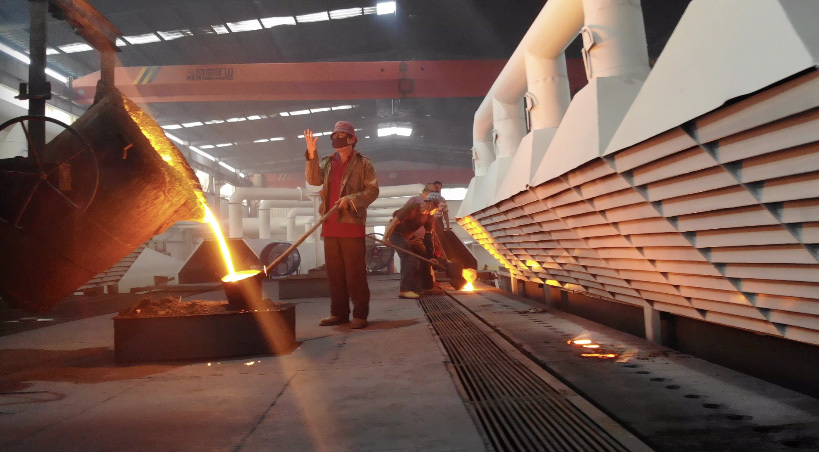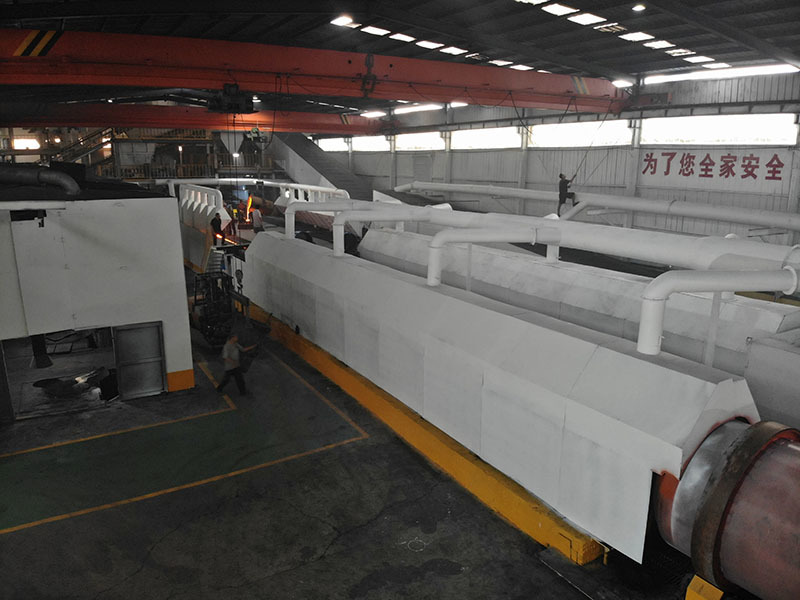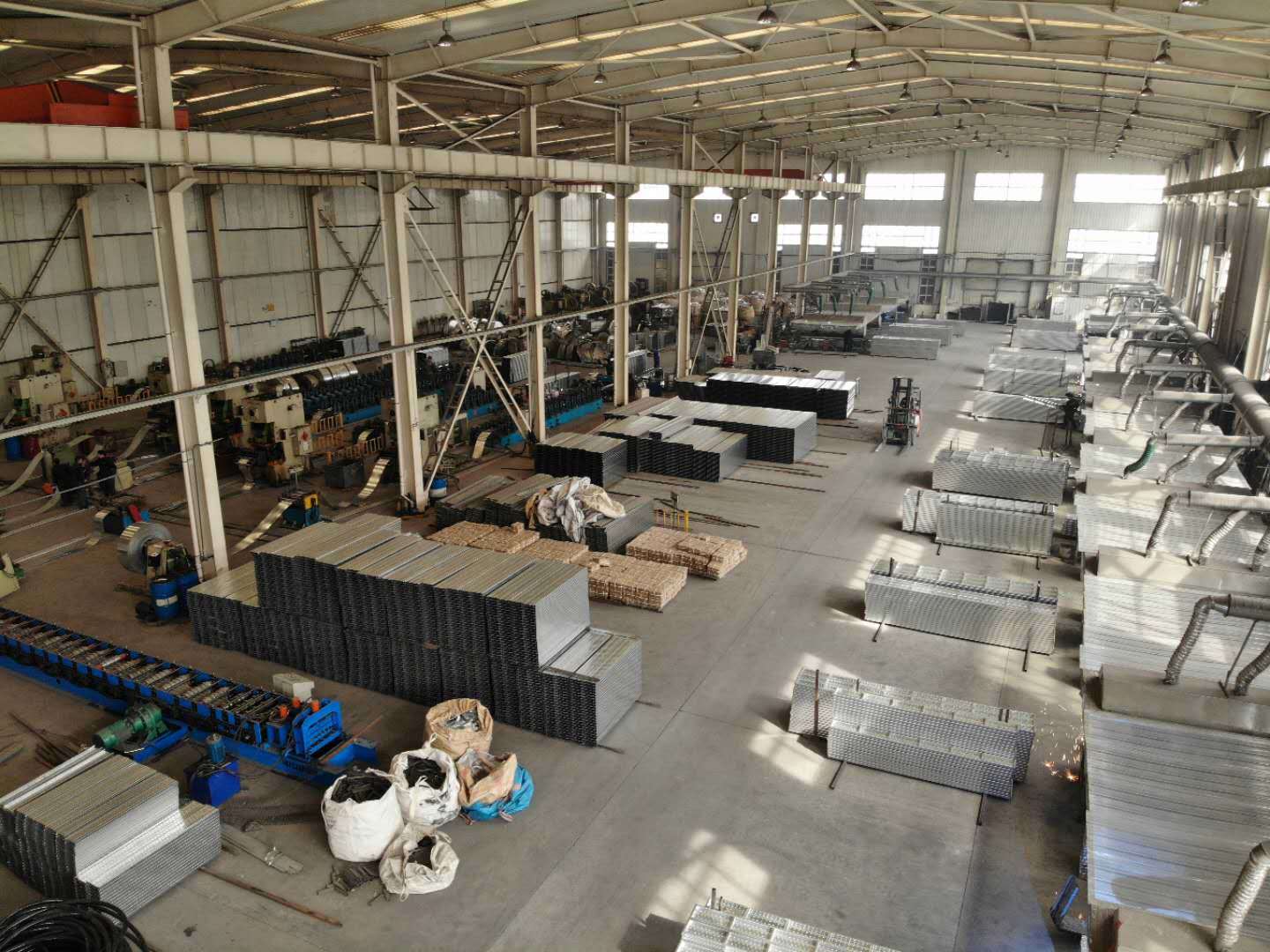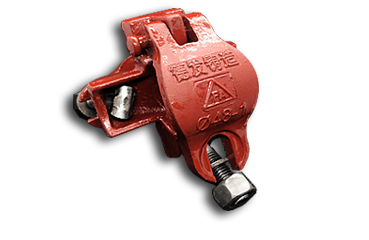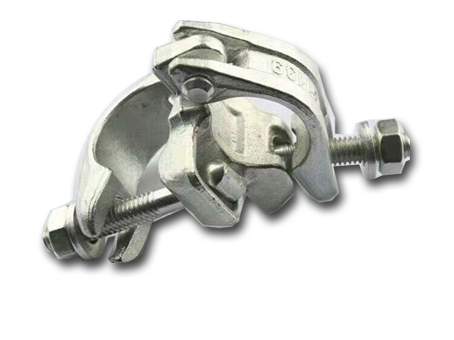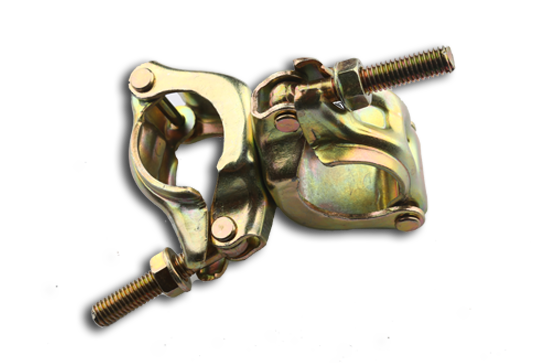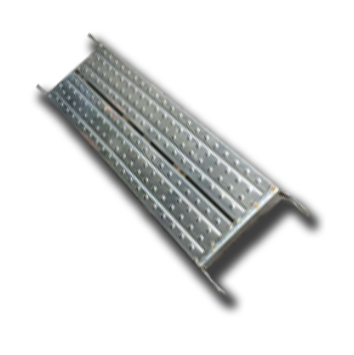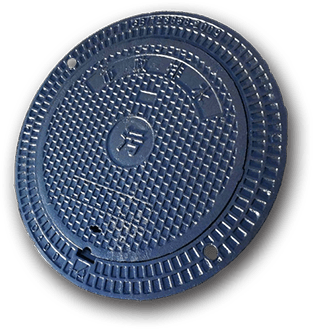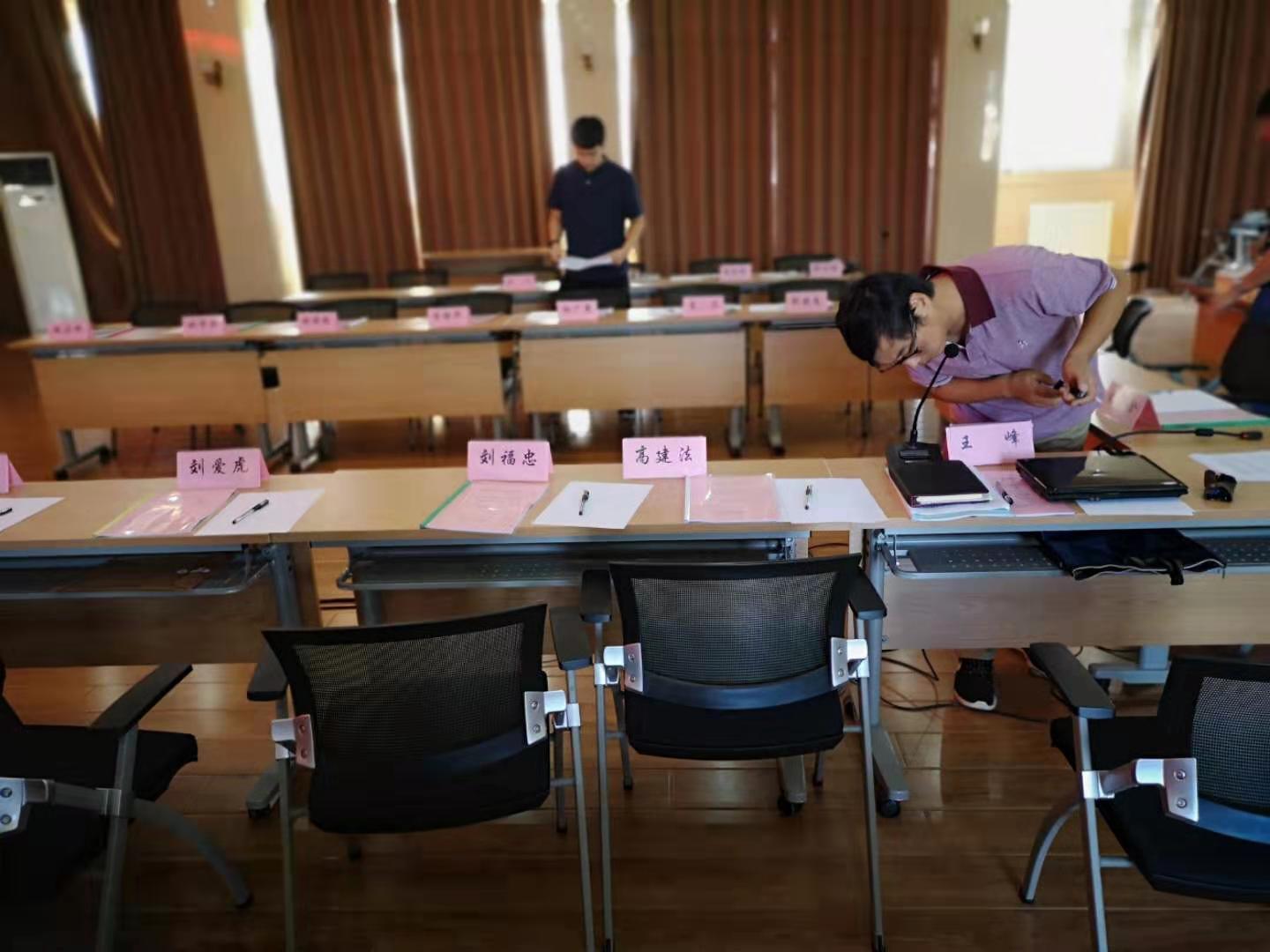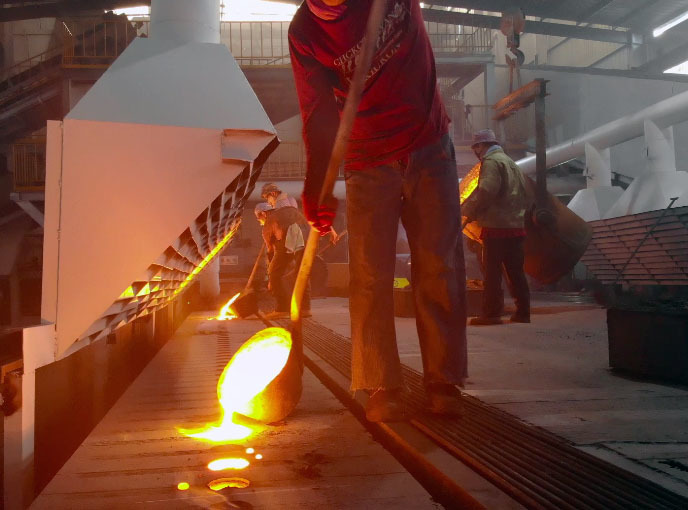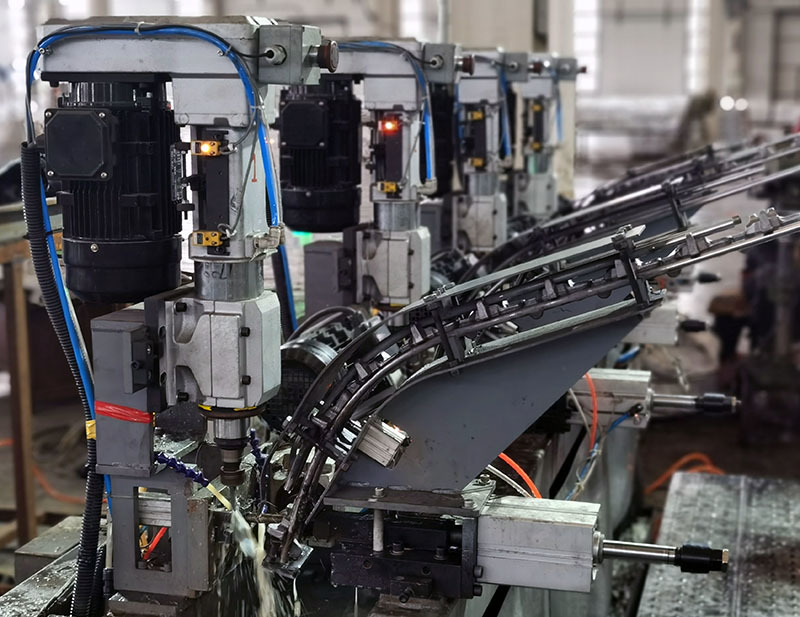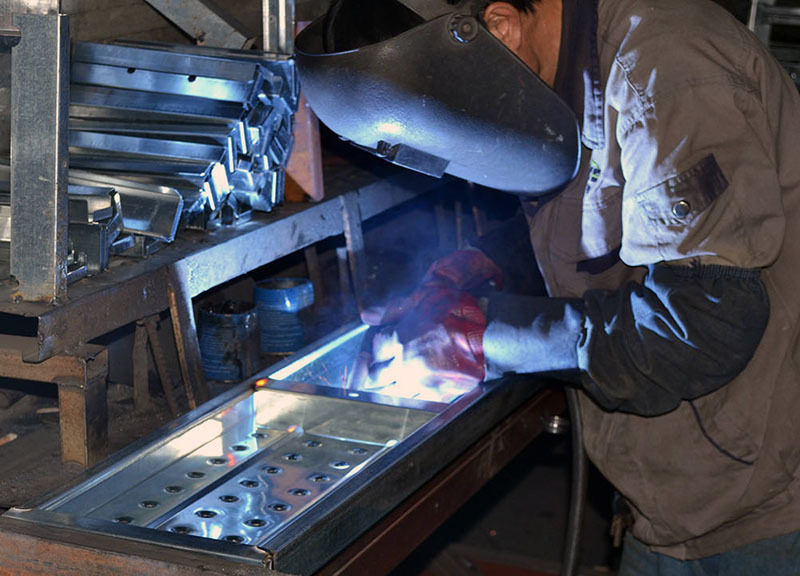Standard for hot-dip galvanized steel springboard
Release time:
2021-01-21 15:38
source:
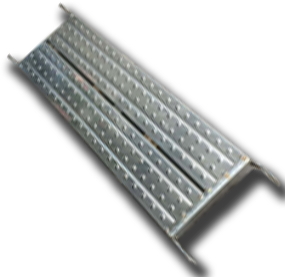
The earlier standard for hot-dip galvanized steel springboard was the YBJ211-88 Technical Specification for Fixed Steel Springboard, which was introduced in 1988. This specification is generally applicable to steel springboards on various scaffolds in industrial and civil construction installation projects. It is stipulated that the steel springboard should be made of cold-worked steel plates with a thickness of 1.5-2.0mm, and the surface of the steel springboard should be flat, which is particularly a test of the technical ability of the manufacturer. So what are the specific standards for hot-dip galvanized steel springboards currently available?
1、 Material requirements
The steel springboard should be made of cold-worked steel plates with a thickness of 1.5~2.0mm, and its material should comply with the national standard "Technical Conditions for Ordinary Carbon Structural Steel" (GB700-79). The overall dimensions of the steel springboard are mainly 3000mm in length, 250mm in width, and 50mm in height.
2、 Quality requirements
1. The allowable error in the overall dimensions of the steel springboard should not exceed ± 3.0mm in length, ± 2.0mm in width, and ± 1.0mm in height.
2. The diameter error of the anti slip holes on the board surface should not exceed ± 1.0mm, the spacing error of circular holes should not exceed ± 2.0mm, and the error of hole flanging height should not exceed ± 0.5mm.
3. The bending angle of the steel springboard should be maintained at 90 °, with an allowable tolerance of ± 2 °.
4. The surface of the steel springboard should be flat, and the deflection of the surface should not exceed 5.0mm.
5. The deviation of the four corners of the steel springboard: Place the steel springboard on a standard plane, and the deviation of any corner of the board should not exceed 5.0mm.
6. The inner arc radius at the folding edge of the steel springboard should be less than 4.0mm.
7. The burrs on the edges of the steel springboard must be filed flat. The steel springboard should be labeled with the year, month, manufacturer name, and steel springboard number of manufacture, and packaged before leaving the factory.
Before installing the steel springboard, it should be inspected piece by piece. If the quality does not meet the requirements, it should be repaired or adjusted in a timely manner. When dismantling, ropes should be used to pass down or slide down the slope. It is strictly prohibited to throw from a high place. The dismantled steel springboard should be handled with care during transportation, and stacked neatly according to specifications. It is not allowed to cross stack at will to avoid deformation caused by the self weight of the steel springboard.
When using steel springboards in conjunction with steel pipe scaffolding, lightning and electrical safety measures should be taken in accordance with relevant regulations or regulations. During use, oil stains and snow should be promptly removed from the steel springboard, and debris such as garbage should be regularly cleaned. During the use of the steel springboard, regular safety checks should be carried out. When the steel springboard is not in use temporarily, it should be cleaned and stacked in the shed. When stacking in the open air, rainproof measures should be taken. Choose a flat and dry place to stack, with square timber underneath, and the stacking height should not exceed 20 pieces. If the steel springboard is found to have deformation, open welding, severe rust, etc., it should be corrected, repaired, derusted, painted with anti rust paint or replaced in a timely manner. The steel springboard is a construction tool that must be repainted after 2-3 years.
Correlation News
2023-01-03


